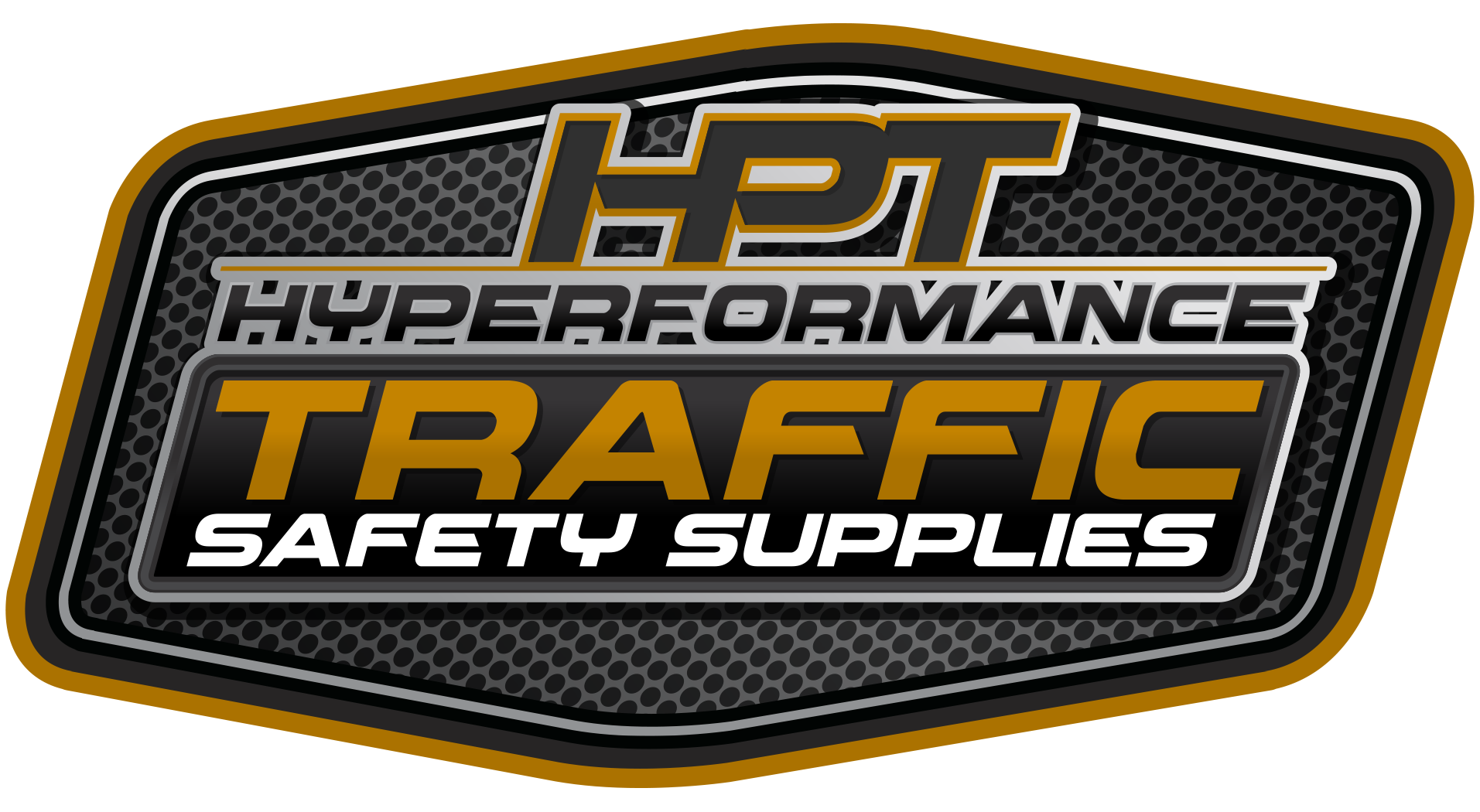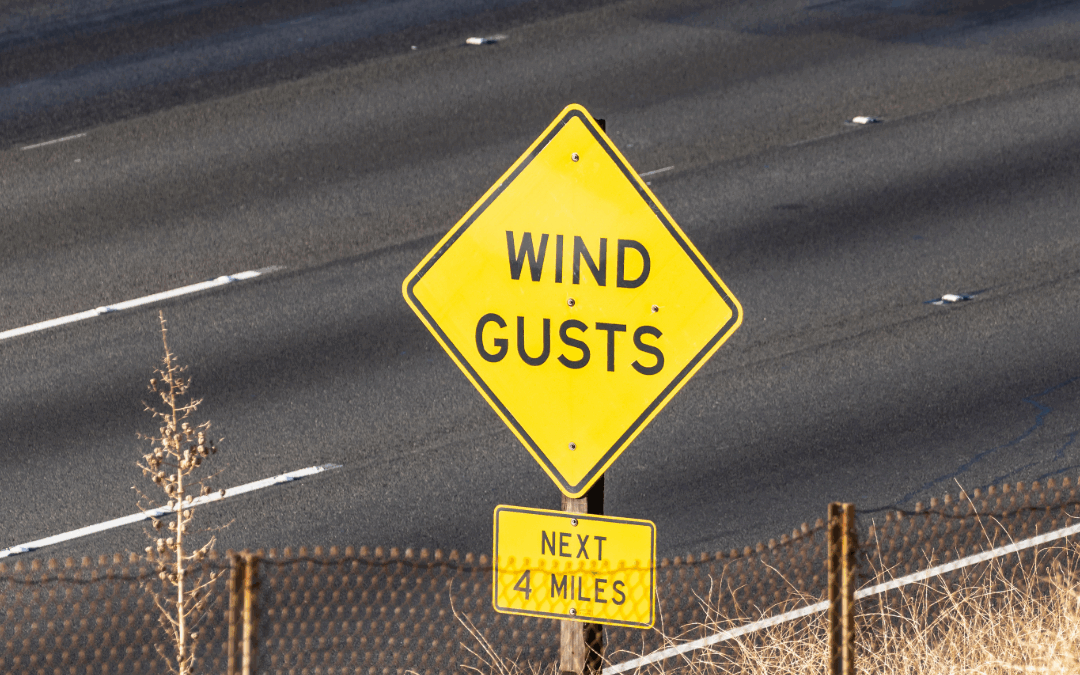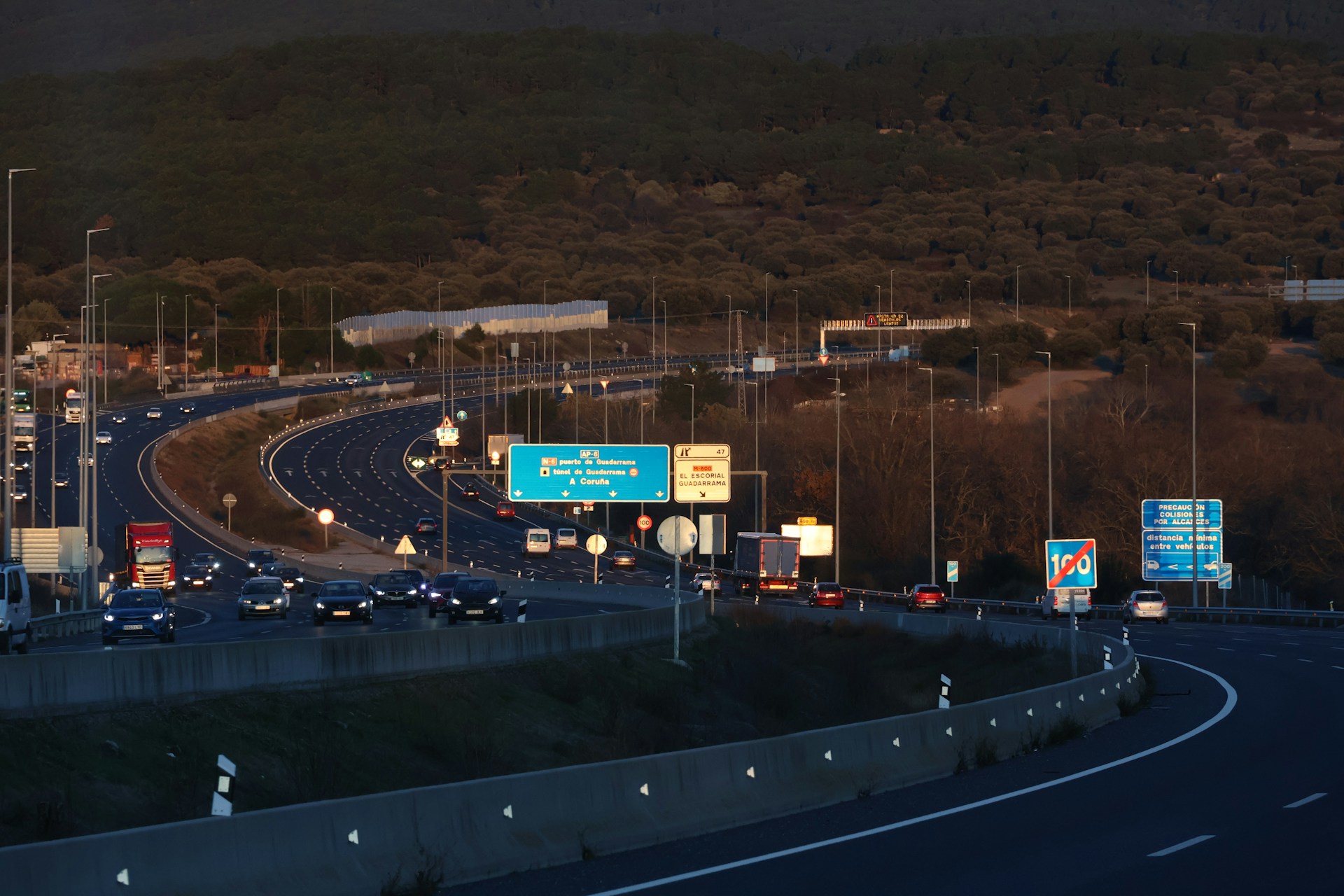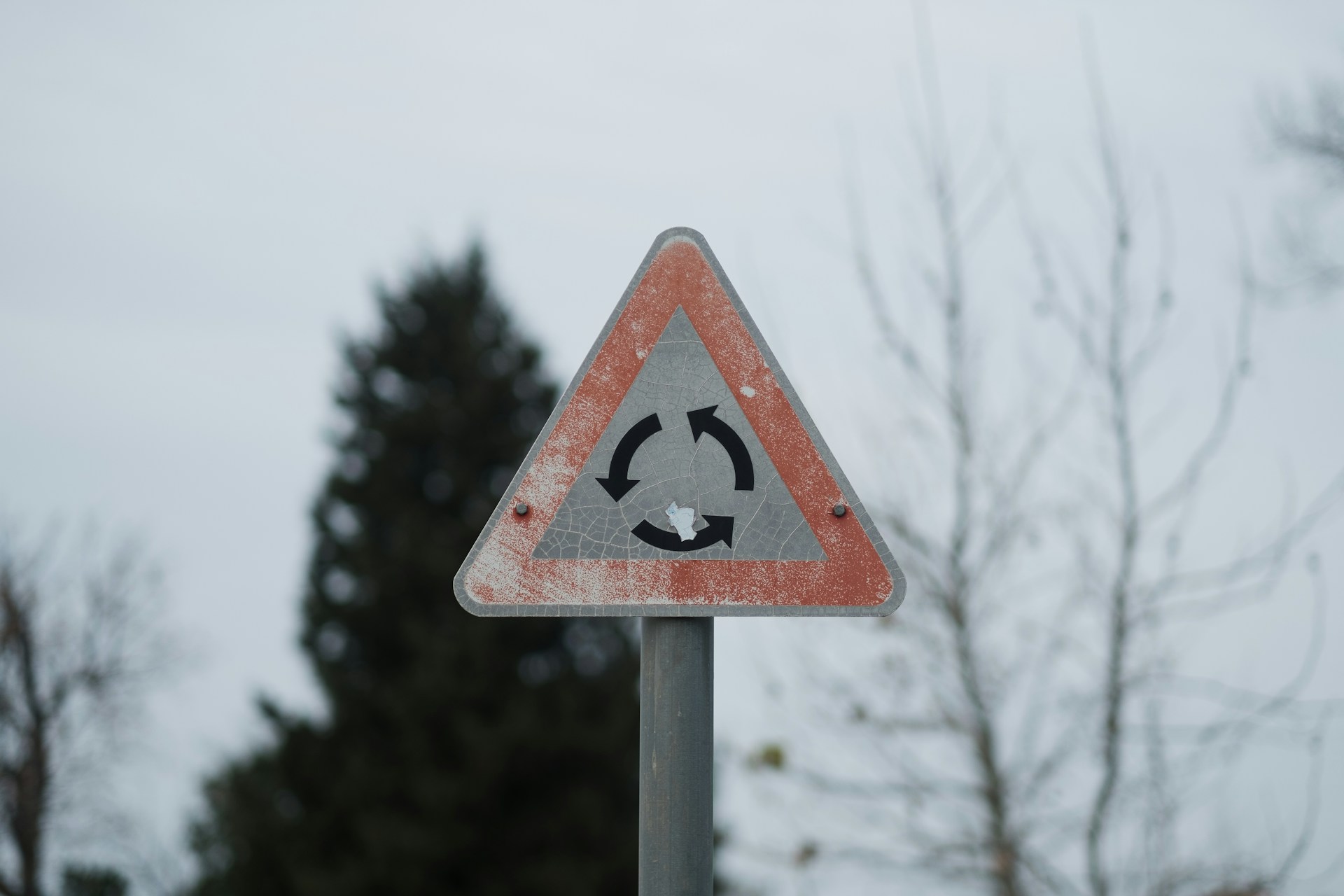Traffic sign installation in windy areas isn’t as simple as sticking a post in the ground. High winds can turn a poorly placed sign into a hazard, either by knocking it over or pushing it around so much that it’s unreadable. When signs sway, lean, or fall, the message gets lost and that opens the door to confusion and accidents.
Whether it’s out on an open highway or a backroad that’s exposed, areas with high winds need extra attention during sign installation. It’s not just about getting the sign to stay in place. It has to be visible, stable, and built to last through wind bursts year after year. That means the right choice of materials, the right placement, and a solid plan for maintenance. Getting it wrong means wasted money, extra repairs, and more trouble for drivers down the line.
Understanding High-Wind Challenges
Wind does more than just rattle a street sign. Over time, it can shift the post, loosen bolts, or weaken the entire structure. Even if the sign doesn’t fall over immediately, it could twist or lean, making it hard to read. Think about what that means on a freeway off-ramp or sharp curve. If drivers can’t clearly see a warning or speed limit sign, it puts everyone at risk.
Some of the most common problems caused by wind include:
– Posts that slowly get pulled out of alignment
– Signs flapping just enough to create vibration and sound damage
– Entire units collapsing after years of stress without regular checks
– Visibility issues when signs end up skewed or tilted at the wrong angle
It’s even worse during storms or seasonal high-wind events. In one case near a coastal area, a posted speed limit sign was knocked sideways every few months after gusty weekends. Maintenance crews would come out, straighten it, and a couple of weeks later, same thing. It wasn’t until they reinstalled with deeper anchoring and changed the post type that the problem stopped for good. That fix didn’t just stabilize the sign—it meant less time for crews, fewer calls from frustrated residents, and safer driving overall.
High winds aren’t going anywhere, so treating sign placement like a long-term project is the best way forward. Once the stress points and the general behavior of the wind are understood, small changes in design and placement can make a big difference.
Choosing The Right Materials And Design
Picking the right materials isn’t about what’s cheapest or easiest to get. It’s about finding components that work well under stress. Some materials naturally hold up better in constantly windy conditions. The way the sign is shaped, where it’s placed, and how it’s mounted all play into its lifespan and how much repair it’s going to need.
Here’s what typically works better in windy areas:
– Galvanized steel or reinforced aluminum signs can hold firm under bending and twisting pressure
– Round or oval-shaped posts handle wind more evenly than flat square ones
– Slotted signs or signs with vent-style cuts reduce pressure buildup
– Lighter sign panels still need to be sturdy, but less overall surface area reduces the drag
The overall size makes a difference, too. Bigger signs catch more wind, so it’s a smart move to reassess whether the standard size is really needed in every case. Streamlined designs help during gusty days and lower the risk of distraction or damage from constant motion.
Another key part is how the sign is shaped and mounted. Aerodynamic signs—those with smooth edges or slight curves—don’t try to block the wind. They let it pass through or around. That helps reduce how much force the wind applies to the structure. Skipping over this step for something quick or off-the-shelf usually doesn’t end well. Planning for toughness at the start saves time, money, and headaches later.
Proper Installation Techniques for Wind-Prone Areas
Even the best materials and design won’t hold up if the sign isn’t installed the right way. In high-wind zones, installation needs extra attention. The most common issue isn’t actually the sign panel itself, but what’s underneath it—how firmly it’s anchored, how deep the post goes, and what’s supporting it below the surface.
One of the most effective ways to secure a sign is by giving it a solid foundation. That means setting posts deeper into the ground and using a properly mixed concrete base when needed. Loose soil or shallow depth will almost guarantee the post starts wobbling after the first strong gust. In areas where wind pressure is a constant factor, even an extra foot of depth can make a big difference.
Here are some key methods worth using to improve sign stability:
– Use breakaway posts with reinforced hardware that doesn’t shift easily
– Consider a tapered or U-channel post for better wind resistance
– Go no less than 3 feet deep for most signs, deeper depending on soil type and exposure
– Pack gravel or crushed stone below the post for drainage and grip
– Add concrete footings in high-risk spots like open plains or at the top of hills
Avoid placing signs near shallow ditches or sloped shoulders where erosion can wear down the base. Over time, wind doesn’t just move signs—it can shift the ground underneath. Using supports that can flex slightly without snapping or loosening is a smart add-on. Stainless steel brackets or heavy-duty post anchors aren’t overkill. They actually reduce how often repairs are needed.
The goal is to make sure the post and sign act like one strong piece. If the post bends, the sign moves. If the base is weak, nothing else matters. It’s easier to overbuild slightly from day one than to keep sending out crews every time the wind acts up.
Regular Maintenance and Inspection Tips
Just because a sign is standing doesn’t mean it’s doing its job. Wind rarely causes issues overnight. It happens gradually. A listing post, a missing bolt, or warped panel might slowly develop over months. That’s why routine checks are a part of keeping high-wind signs effective and safe.
A strong maintenance plan doesn’t need to be complicated or expensive. But it should stay consistent. Communities that regularly check high-risk areas tend to catch minor weaknesses before they turn serious. This avoids emergency repairs and gives drivers continuous access to clear, reliable information on the road.
When inspecting signs in windy zones, look out for:
– Loose hardware like nuts, bolts, or brackets
– Rust or corrosion, especially near the base of the post
– Leaning or rotation of the post from wind pressure
– Cracks in the panel from movement stress
– Damage to the mounting surface or footing
It’s also smart to walk the area around the sign. Soil erosion or pooling water can signal that the ground’s shifting or settling. In spots with historic wind patterns, keep a record of how often certain signs need attention. Patterns usually reveal themselves.
Beyond regular inspections, signs should also be cleaned of debris or grime that could hide structural issues. Wind can push dirt and leaves against sign bases or build up residues over time.
Quick fixes shouldn’t replace thorough repairs. Rebolting a loose fastener works in the short term but won’t help if the mounting plate is cracked underneath. It’s better to plan for a structured once-a-quarter check than rush in every other storm.
Keeping Sign Safety Strong in Windy Conditions
Keeping traffic signs strong and visible in high-wind locations is all about sticking with the basics done right—reliable materials, deeper foundations, and regular upkeep. Ignoring small signs of wear may not seem like a big deal at first, but over time they become problems that cost more to fix and could put drivers at risk.
Wind stress builds up gradually. Some signs may hold firm for years before suddenly failing. That’s why every part from the post to the screws should be treated as something that could give over time. Making smarter decisions upfront and following them with practical maintenance helps reduce that risk and keeps people safe.
People who live or drive in these areas can help too. Reporting leaning, noisy, or unreadable signs to the right departments early helps everyone. It doesn’t just make the roads safer—it supports smoother traffic flow, fewer emergency closures, and fewer long-term costs for local crews.
A well-placed sign doesn’t just show where to go. It shows someone cared enough to get it done right. In high-wind regions, that can make all the difference.
When it comes to ensuring road safety, the right materials and techniques for traffic sign installation are key in areas with frequent high winds. With the proper approach, signs can stay secure and functional without constant repairs. If you’re looking to improve the durability of your signage, Hyperformance Traffic Safety Supplies is here to help with reliable traffic sign installation solutions designed to stand up to tough conditions and keep roadways clear.




